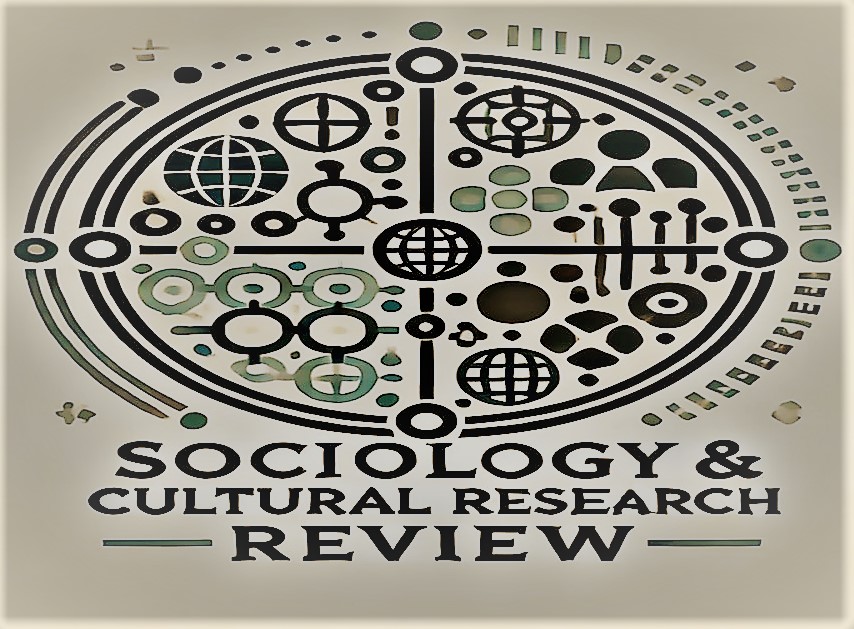Analyzing Temporal Landscape Dynamics and Their Determinants in Multan, South Punjab, Pakistan
Abstract
This study systematically evaluates the temporal dynamics of landscape changes and their driving mechanisms in Multan, a key urban center in South Punjab, Pakistan. Utilizing advanced remote sensing methodologies and Geographic Information System (GIS) technologies, the research conducts a comprehensive analysis of satellite imagery spanning a 34-year period to quantify alterations in land cover. The analysis focuses on urban expansion, agricultural land conversion, deforestation, and modifications to water bodies. To elucidate the primary drivers of these changes, the study integrates socioeconomic data, encompassing population growth metrics, economic activity indicators, and the impacts of policy interventions. The results reveal substantial urban sprawl, predominantly at the expense of agricultural lands and natural ecosystems, with population growth and economic development identified as the primary drivers. The findings underscore the critical need for implementing sustainable urban planning and natural resource management strategies to mitigate the adverse environmental impacts observed. The study provides essential insights for policymakers and urban planners, guiding efforts to harmonize developmental goals with the environmental conservation in Multan and other rapidly urbanizing regions
Keywords:Temporal Landscape Changes, Land Use And Land Cover (LULC), Remote Sensing, Urbanization, Driving Factors, Multan, South Punjab, Pakistan, Sustainable Land Management, GIS Analysis




